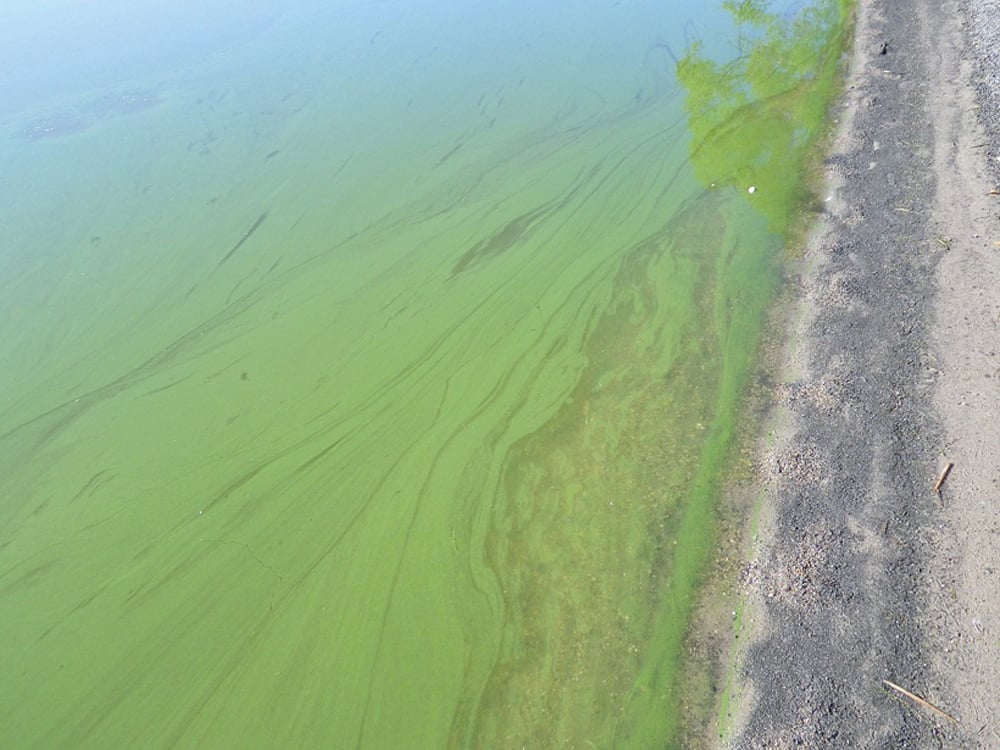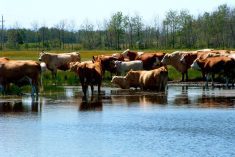Manitoba’s largest lake is the host to potentially harmful toxins caused by cyanobacteria, more commonly known as “blue-green algae.”
Researchers from the University of British Columbia, working with the Lake Winnipeg Research Consortium, were looking for a specific toxin called BMAA that’s been linked with conditions ranging from Alzheimer’s to Lou Gehrig’s disease.
“Cyanobacteria blooms have become increasingly common in Lake Winnipeg since the 1990s,” says Susan Murch, associate professor of chemistry at UBC Okanagan and study lead author. “These bacteria have also been known to produce BMAA under the right conditions and we wanted to establish whether this could be happening in one of Canada’s largest and most important freshwater lakes.”
Read Also

Seeding Indigenous agricultural prosperity
National Circle for Indigenous Agriculture and Food says Indigenous agricultural success needs strong relationships.
Murch and grad student Stephanie Bishop analyzed samples collected in July and September of 2016 and found that BMAA was present in highest concentrations in the areas of the bloom that are impacted by pollution and farming.
“Agricultural and human activities along with factors like climate change are very likely behind the increased size and frequency of blooms,” Murch said. “We now know that with these blooms comes the very real risk of increased exposure to BMAA and the public health impacts that follow.”
Murch also warns that cyanobacterial blooms are not isolated to Lake Winnipeg and that she expects to see similar results in other freshwater lakes.
“We’re seeing a greater number of blooms in lakes in both the U.S. and Canada. Especially in the Great Lakes region,” she says. “It wouldn’t surprise me to see BMAA in cyanobacteria from lakes that serve a huge number of people.”















